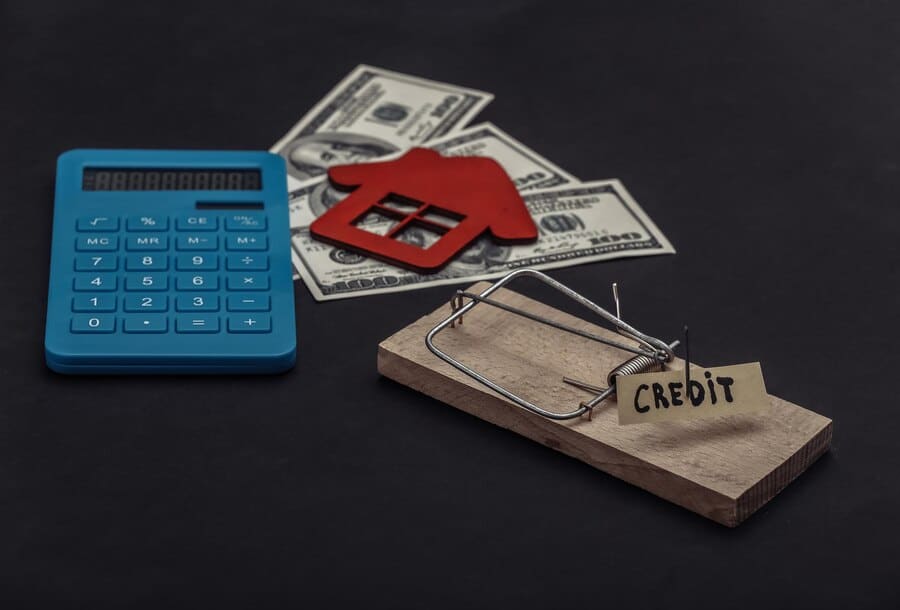When considering borrowing options, understanding the distinction between secured and unsecured loans is crucial. Each type of loan has its own advantages, disadvantages, and ideal use cases. This article delves into the fundamental differences between secured and unsecured loans, helping you make informed decisions based on your financial needs.
What is a Secured Loan?

A secured loan is backed by collateral—an asset that the lender can seize if the borrower fails to repay the loan. Common forms of collateral include:
- Real estate (homes)
- Vehicles (cars, boats)
- Savings accounts or certificates of deposit
Because lenders have a safety net in the form of collateral, secured loans typically come with lower interest rates and higher borrowing limits compared to unsecured loans. They also tend to have longer repayment terms, making monthly payments more manageable.
What is an Unsecured Loan?
In contrast, an unsecured loan does not require any collateral. The lender assesses the borrower’s creditworthiness based on their credit score, income, and financial history. Due to the higher risk associated with unsecured loans—since there’s no asset to claim if the borrower defaults—they generally come with:
- Higher interest rates
- Lower borrowing limits
- Shorter repayment terms
Unsecured loans are commonly used for personal expenses, such as medical bills, education costs, or consolidating debt.
Key Differences Between Secured and Unsecured Loans
| Criteria | Secured Loans | Unsecured Loans |
|---|---|---|
| Collateral | Requires collateral | No collateral required |
| Interest Rates | Lower interest rates | Higher interest rates |
| Borrowing Limits | Higher borrowing limits | Lower borrowing limits |
| Repayment Terms | Longer repayment periods | Shorter repayment periods |
| Risk to Borrower | Risk of losing collateral if defaulted | No risk of losing assets |
| Approval Process | Generally easier due to collateral | Stricter eligibility criteria |
Pros and Cons
Pros of Secured Loans
- Lower Interest Rates: The presence of collateral reduces risk for lenders.
- Higher Loan Amounts: Borrowers can often secure larger amounts.
- Longer Repayment Terms: More time to repay can ease financial pressure.
Cons of Secured Loans
- Risk of Asset Loss: Defaulting means losing the asset used as collateral.
- Potential Restrictions: Some lenders may limit how you can use the funds.
Pros of Unsecured Loans
- No Risk of Asset Loss: Borrowers do not risk losing property.
- Flexibility in Use: Funds can be used for various purposes without restrictions.
Cons of Unsecured Loans
- Higher Interest Rates: Increased risk leads to higher costs.
- Stricter Approval Criteria: Good credit is often necessary for approval.
Conclusion
Choosing between secured and unsecured loans depends on your financial situation and comfort level with risk. Secured loans may be advantageous for those who have valuable assets and seek lower rates, while unsecured loans offer flexibility without the risk of losing property. Understanding these differences will help you make informed choices that align with your financial goals.
FAQs
1. Why are secured loans cheaper than unsecured loans?
Secured loans are cheaper because they involve less risk for lenders; they can recover losses through the collateral if you default.
2. What types of collateral can I use for a secured loan?
Common types include real estate, vehicles, savings accounts, or other valuable assets like stocks or bonds.
3. Can I qualify for a secured loan with bad credit?
Yes, secured loans often have more lenient requirements because the collateral reduces lender risk.
4. What happens if I default on a secured loan?
If you default, the lender can seize your collateral to recover their losses.
5. Are there any fees associated with secured loans?
Yes, there may be processing fees or appraisal fees related to evaluating the collateral.
6. How long does it take to get approved for an unsecured loan?
Approval times vary but are typically quicker than secured loans since there’s no need for collateral evaluation.

